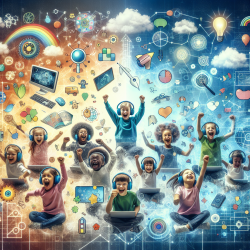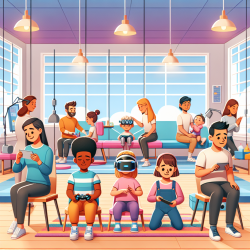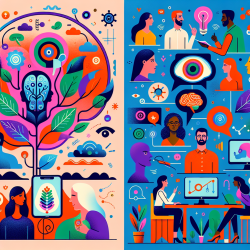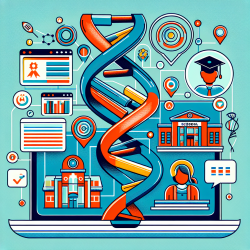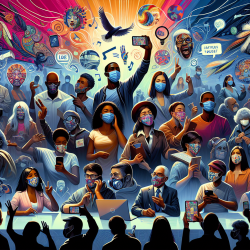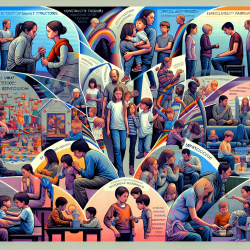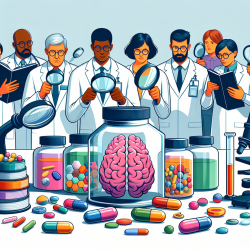Revolutionizing Child Therapy: The Power of Asynchronous Technologies
In an ever-evolving digital world, the integration of technology in mental health care and education has become indispensable. Recent research, such as the study "Asynchronous Technologies in Mental Health Care and Education," highlights the transformative potential of asynchronous technologies in enhancing the delivery and accessibility of mental health services. This blog aims to guide practitioners in leveraging these technologies to improve child outcomes in therapy.
Understanding Asynchronous Technologies
Asynchronous technologies, unlike their synchronous counterparts, do not require real-time interaction between clinicians and patients. This allows for greater flexibility and efficiency in delivering mental health services. The study emphasizes three primary models of interaction:
- Clinician-to-Clinician: Utilizes video conferencing for medical education and training, enabling continuous professional development without the constraints of time and location.
- Clinician-to-Patient: Enhances the patient-clinician relationship by allowing patients to access care at their convenience, thereby improving satisfaction and outcomes.
- Patient-to-Mobile Health: Empowers patients with self-management tools, fostering independence and personalized care.
Implementing Asynchronous Technologies in Child Therapy
For practitioners focused on child outcomes, asynchronous technologies offer numerous advantages:
- Improved Accessibility: Children in remote or underserved areas can access specialized care without the need for travel, reducing barriers to treatment.
- Enhanced Learning: Asynchronous recordings of therapy sessions allow for review and reflection, aiding in the continuous improvement of therapeutic techniques.
- Cost-Effectiveness: Reduced need for in-person visits can lower costs for families and healthcare systems, making therapy more accessible to a wider audience.
Encouraging Further Research and Development
While the benefits of asynchronous technologies are clear, ongoing research is essential to refine these tools and maximize their impact. Practitioners are encouraged to engage in further research to explore innovative applications of asynchronous technologies in child therapy. Areas for exploration include:
- Media Skills Literacy: Developing curricula that teach children and families how to effectively use digital tools for mental health support.
- Hybrid Models: Combining asynchronous and synchronous methods to create a comprehensive approach to therapy.
- Feedback Mechanisms: Implementing systems for timely feedback to enhance patient satisfaction and therapeutic outcomes.
By staying informed and actively participating in research, practitioners can contribute to the evolution of mental health care and ensure that children receive the best possible outcomes from therapy.
To read the original research paper, please follow this link: Asynchronous Technologies in Mental Health Care and Education.
